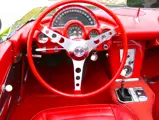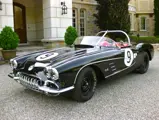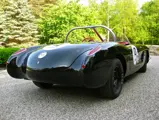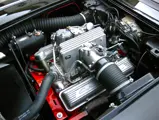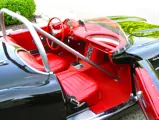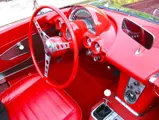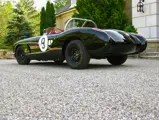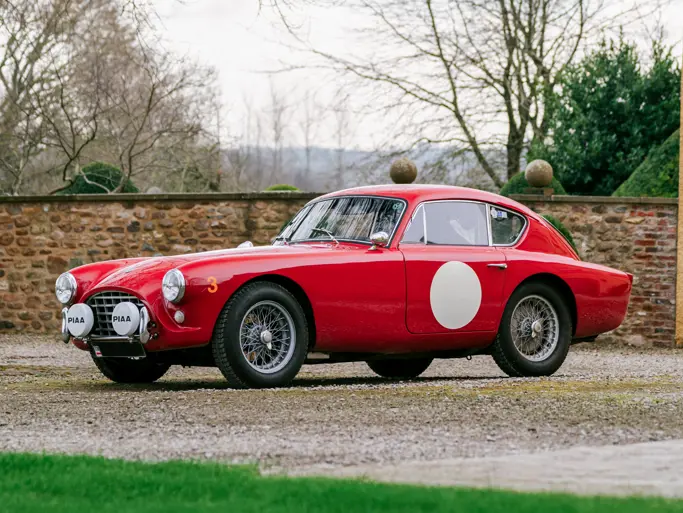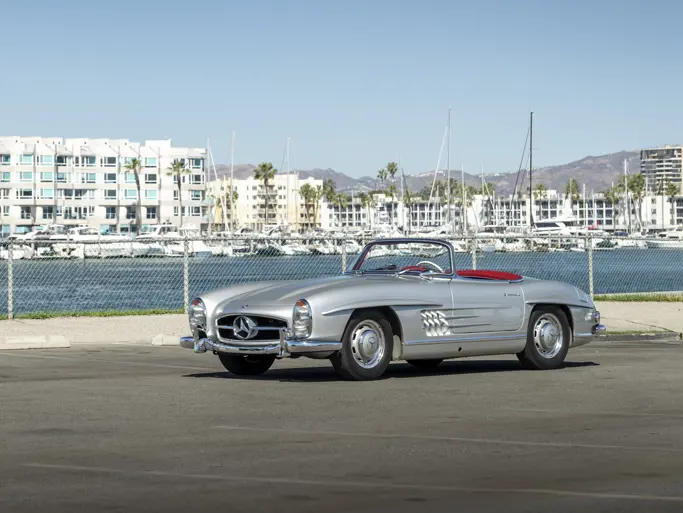290 bhp, 283 cu. in. V-8 engine with Rochester mechanical fuel-injection, four-speed manual transmission, independent front suspension with unequal-length A-arms and coil springs, live rear axle with semi-elliptic leaf springs, and heavy-duty, four-wheel hydraulic drum brakes. Wheelbase: 102"
- A successful racing car in period; restored 2004-2007 by marque specialists
- Multiple award winner in 2007, including the Newport Concours and NCRS
- Powered by the fuel-injected engine from the first Scaglietti Corvette
Despite the short-lived 1957 AMA racing ban, Zora Arkus-Duntov managed to endow the rapidly maturing Corvette with a growing selection of high-performance parts, and under his guidance, the revolutionary small-block V-8 made quantum leaps in power, reliability and sophistication. However, while the Corvette was indeed a serious racing contender by 1959, some racers demanded more.
Among them, Gary Laughlin, Jim Hall and Carroll Shelby joined forces with a plan to challenge Ferrari’s racing dominance. They proposed to replace the Corvette’s relatively heavy fiberglass body with lightweight alloy bodywork by Italy’s Scaglietti coachworks to unleash the potential of the proven Corvette chassis and its hot fuel-injected 283 V-8. While Chevrolet Division approved the project, upper GM management rejected it, and even Enzo Ferrari was reportedly not amused that one of his main coachbuilders was building a direct competitor. The bodies took over two years to complete, and just three Scaglietti-bodied Corvettes were ultimately produced.
While the Scaglietti Corvette project foundered, the Corvette went from strength to strength, dominating road racing and winning the 1959 SCCA B-Production championship. Plans were also laid with Briggs Cunningham to contest the 24 Hours of Le Mans the following year.
Against this fascinating backdrop, this fuel-injected 1959 Corvette was built. Its first owner was Gene Cormany, an enthusiastic sports-car racer and the VP of Engineering for a major automotive piston supplier, who raced it throughout the Midwest in 1959 and 1960, scoring 12 top-three finishes and winning four of 22 events.
Cormany eventually sold the victorious Corvette to Roland Gorman. Dale Pearman then acquired it in the 1980s and began a restoration. In the process, he met Mike Ernst, an early NCRS member and Corvette expert, who in 1988 had purchased the original engine and Rochester fuel-injection unit from the first Scaglietti Corvette. Notably, this engine carries the all-important “CS” suffix, confirming its manual transmission/high-lift cam/fuel-injection specification. In January 1989, Pearman acquired this engine and fuel injection unit to use during the restoration, and during 2004, Pearman sold the Corvette with its restoration incomplete. The new owner sent it to Ron’s Auto Restoration in Fitchburg, Massachusetts, a shop recognized for its C1 Corvette expertise, and there, the restoration was completed over the next three years.
Once finished, the old warrior quickly achieved victory on the show field, winning “Best Sports Car” at the 2007 Newport (Rhode Island) Concours d’Elegance, followed soon after by the coveted NCRS Heritage and Performance Verification awards. In early 2008, the current owner acquired the Corvette. Finished in its original black with a red leather-trimmed interior, the car is equipped with a full-width, cut-down racing windscreen, a bolt-in roll bar, steel wheels and Goodyear Super Cushion tires, and it wears race number 9, as shown in period photos. This award-winning 1959 Corvette presents a rare opportunity with its successful period race history, expert restoration and fuel-injected powerplant from the first Scaglietti Corvette. Sure to be a welcome and competitive participant in historic racing and on the show field, it will certainly also make a highly valued addition to any serious Corvette collection.
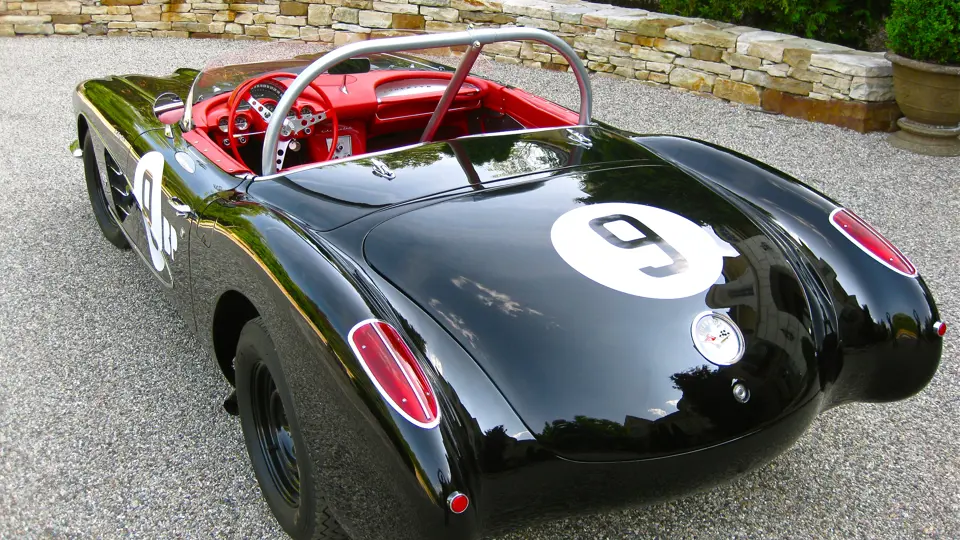
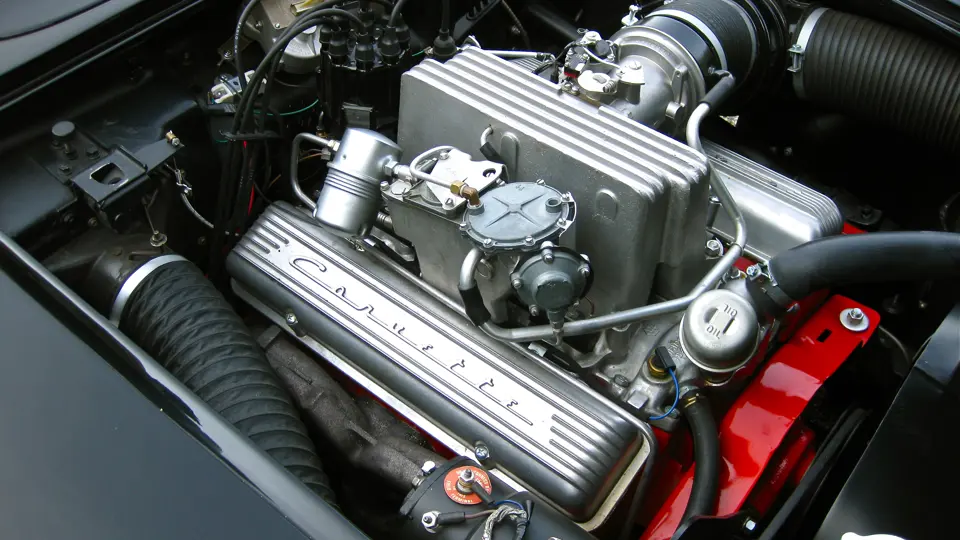


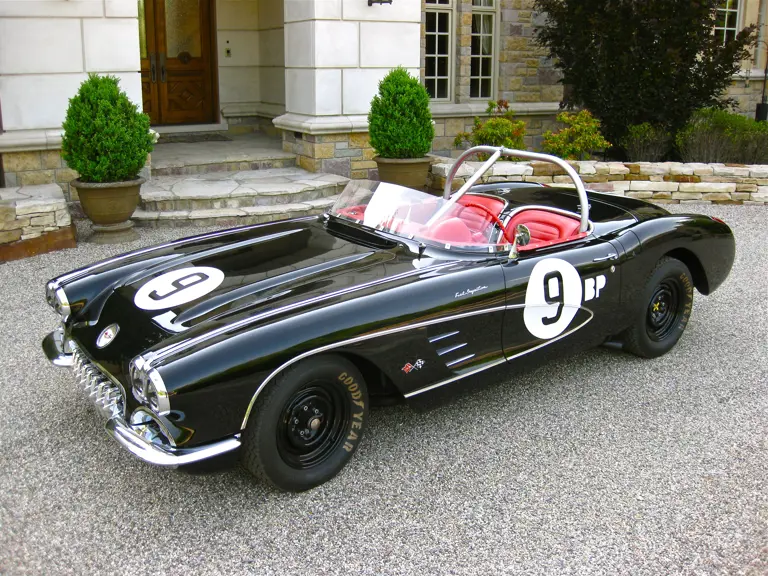
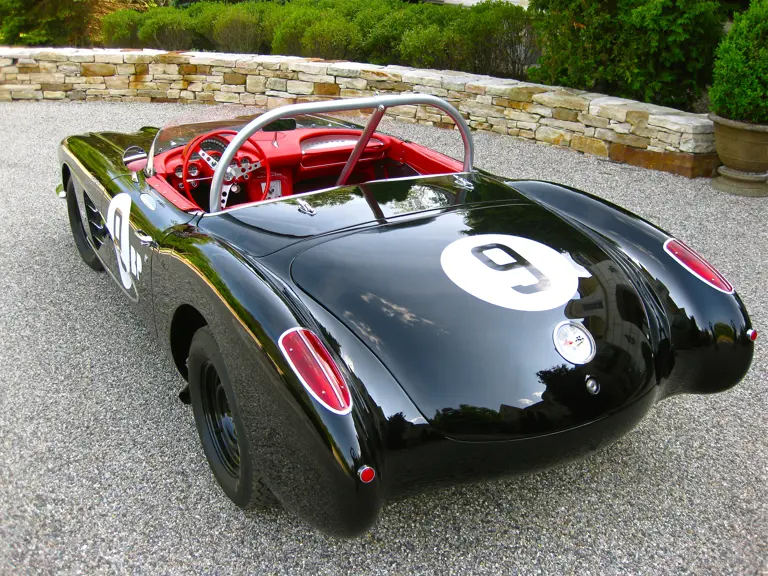
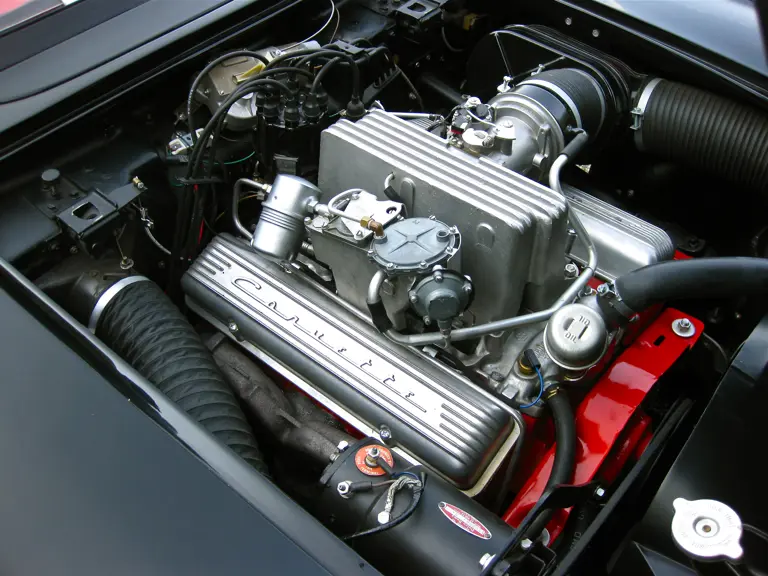

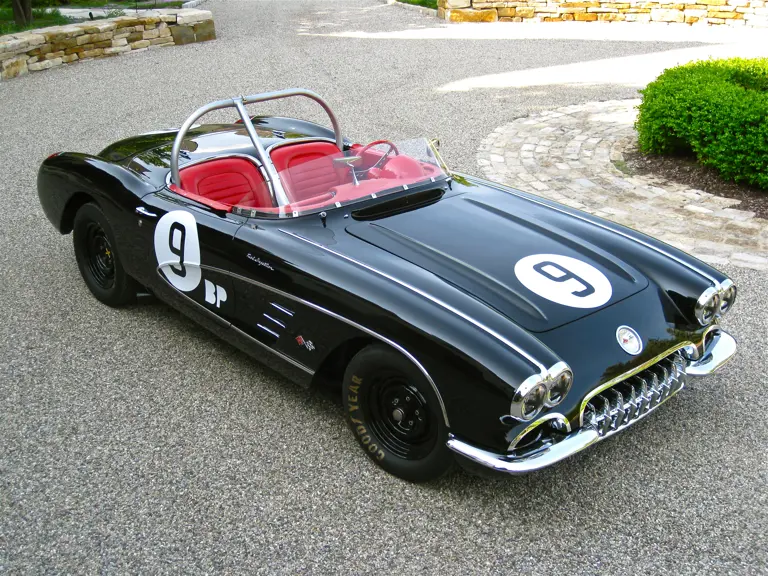
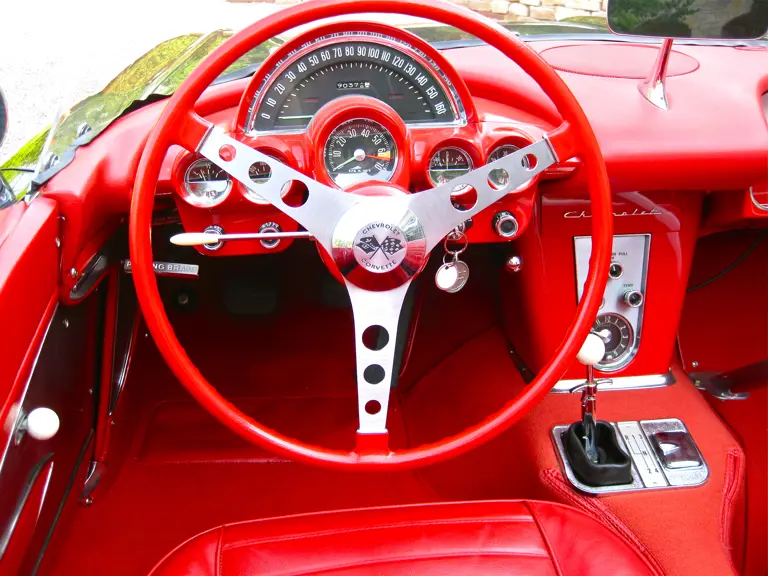
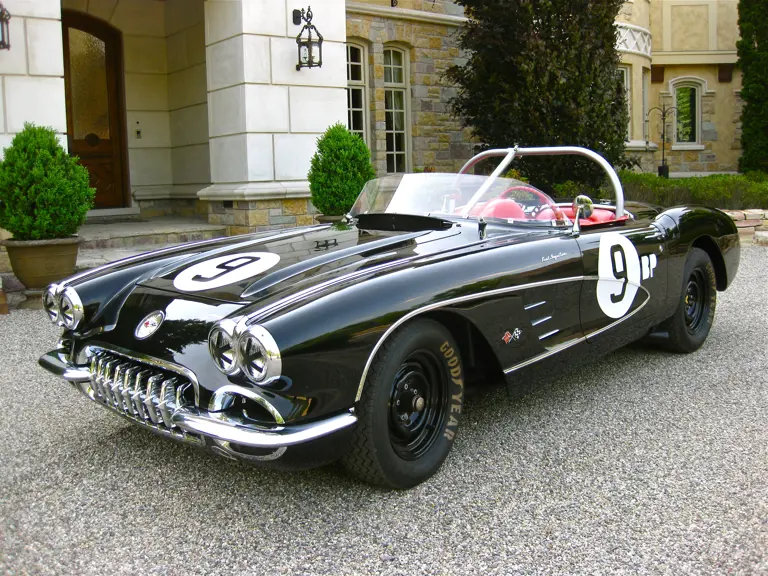
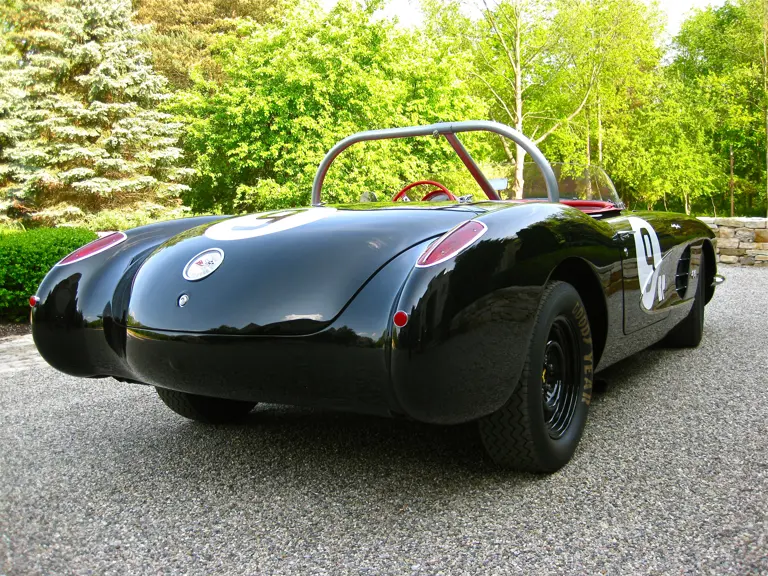
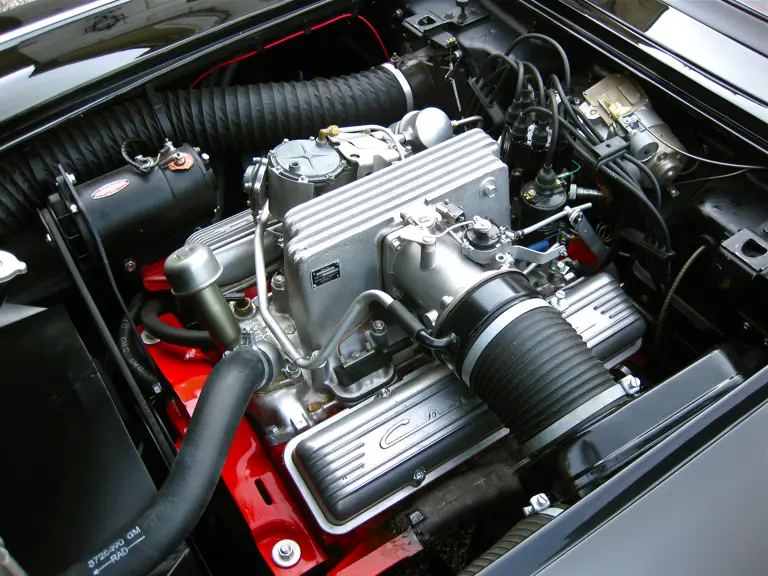
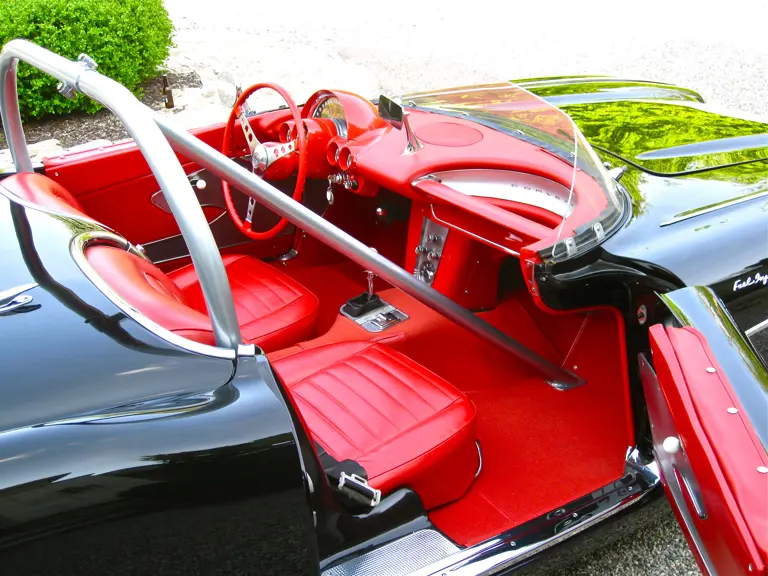
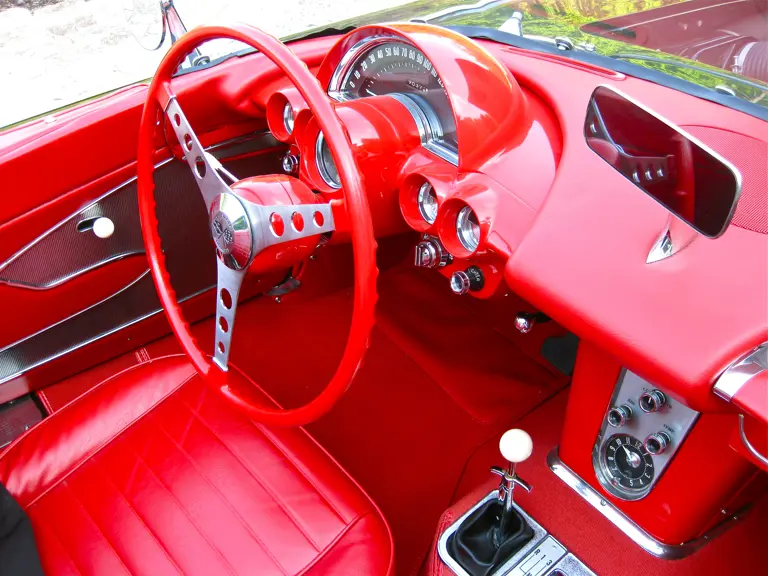
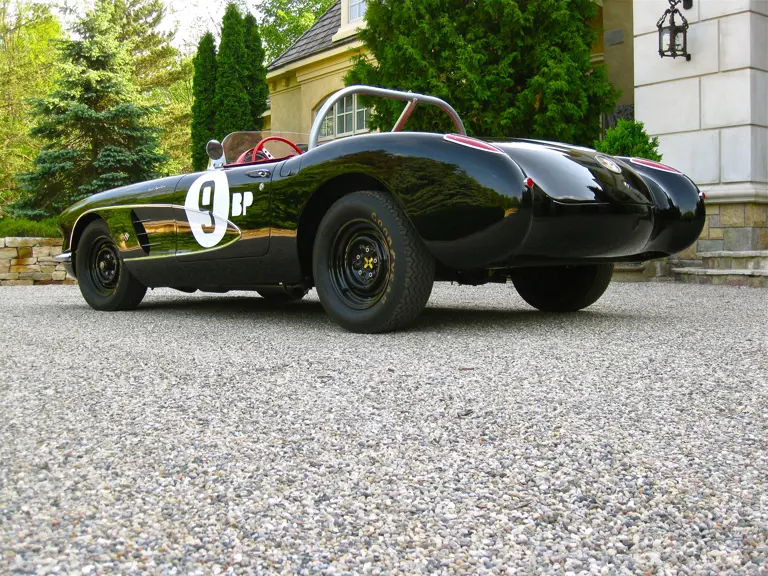
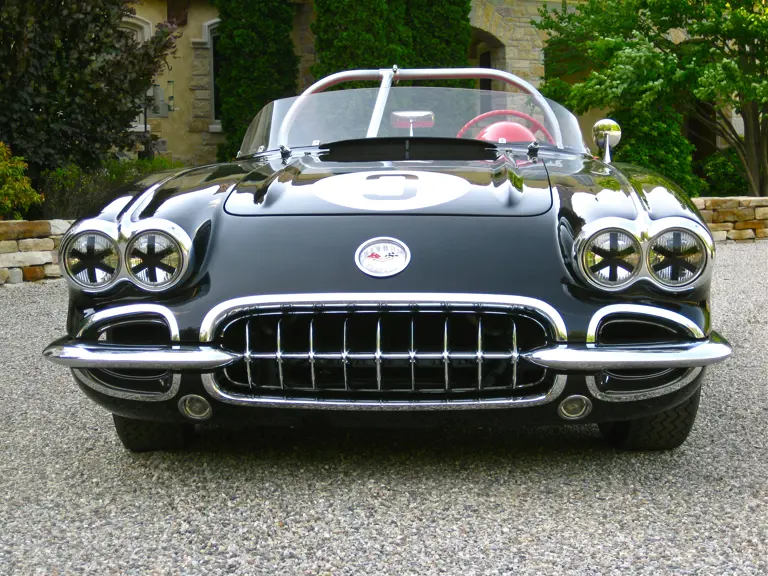

 | Monterey, California
| Monterey, California




